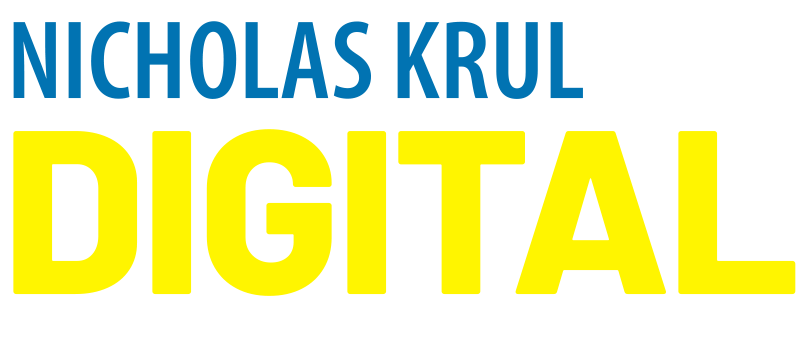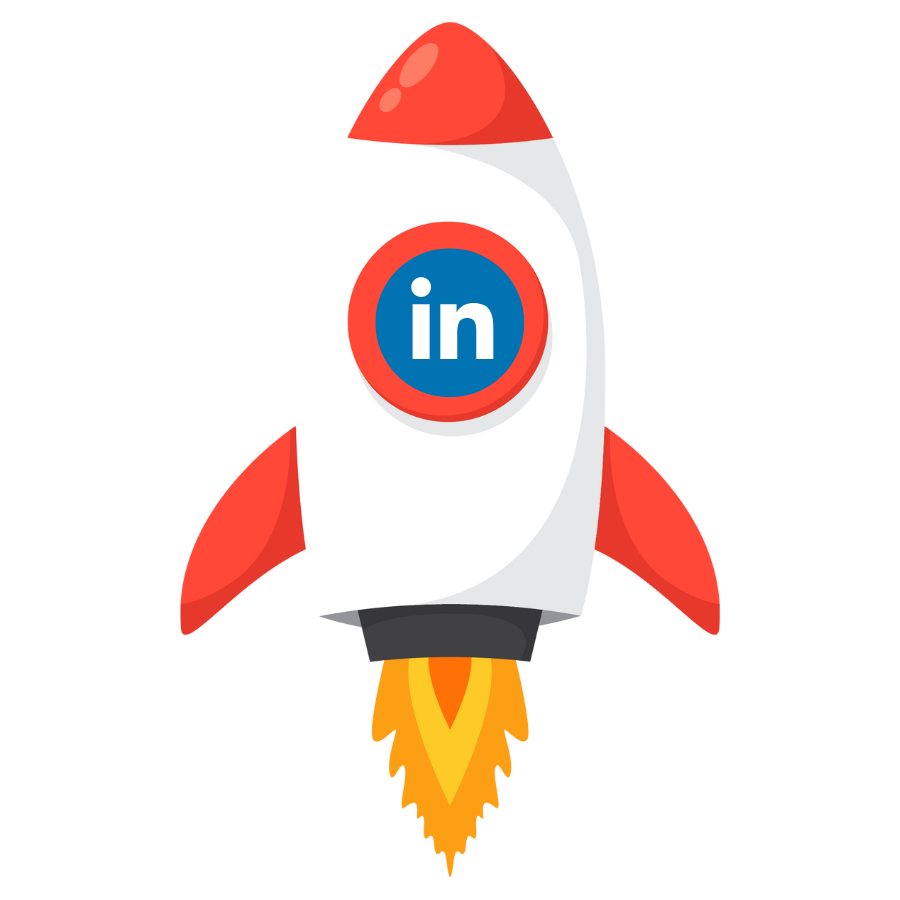How to use Chat GPT to write LinkedIn posts.
According to most recent research, if you copy-and-paste ChatGPT output into a LinkedIn post, you’ll get up to 35% less reach – so don’t do that!
You can, and possibly should, be using AI to help you create your LinkedIn posts – there’s time to be saved.
Here is how you should go about it, in 5 steps.
- Know what you’d like to post about. Have an idea or topic that you know a lot about, and that your followers would find interesting and helpful.
- Prompt ChatGPT to create the content for you. This part needs to be done with care and a bit of effort. See the example below.
- Take the ChatGPT output and refine it so that it grabs the attention of your target audience, and so that it resonates with them.
- Publish your post, at the right time of day, using appropriate hashtags and optionally an associated image, or document carousel – or even a poll.
- Stick around on LinkedIn to respond to comments, and spend a while engaging with other people’s posts in your feed. This “warms up” the algorithm and helps your own post gain traction.
Here’s the real-life example of how to implement this sequence:
- Let’s say you’re a car sales person and you’d like to talk about the benefits of small-capacity petrol engines which use turbo-chargers. (See? Informative, non-salesy content which adds value)
- The prompt. “You’re a car sales person with years of experience. You care about the ownership experience your customers have after buying a car from you. Explain the benefits of buying and owning a car which uses a small displacement petrol turbo engine.”
- Take the raw output (here) and make it LinkedIn-friendly.
Here’s the final post ↓, using an attention-grabbing opening, and delivering valuable information that is interesting and helpful to the reader – someone who might be in the market for a new car.
Tip: Use a photo which you took yourself, with people in it.
“Sensible new-car buyers are opting for vehicles with small turbo-charged petrol engines.
There are a host of benefits – here are my top 3, which influence your wallet:
- Better fuel efficiency and reduced emissions. Not only does this save money at the pump, but is better for the environment too.
- Lower operating and maintenance costs. They need fewer oil changes than diesel cars and parts for smaller engines are cheaper too.
- Better resale values help in the long run when selling or trading in your car in future.
Beyond the financial upside, small turbo-charged petrol engine cars are also often fun to drive and zippy in town traffic.
Are you waiting for electric cars to become more affordable or are you happy to keep burning fossil fuels for now?
#turbo #petrol #newcar #automotive”

See how easy that was?
The final post doesn’t sound like it was written by AI, is helpful and interesting and the writer comes across as genuinely helpful and knowledgeable.
Do use ChatGPT.
Don’t be lazy.
Is this something you’re already doing with your LinkedIn content?
Subscribe to the newsletter and get at least 1 actionable LinkedIn tip you can use to grow your business or advance your career, every couple of weeks.



